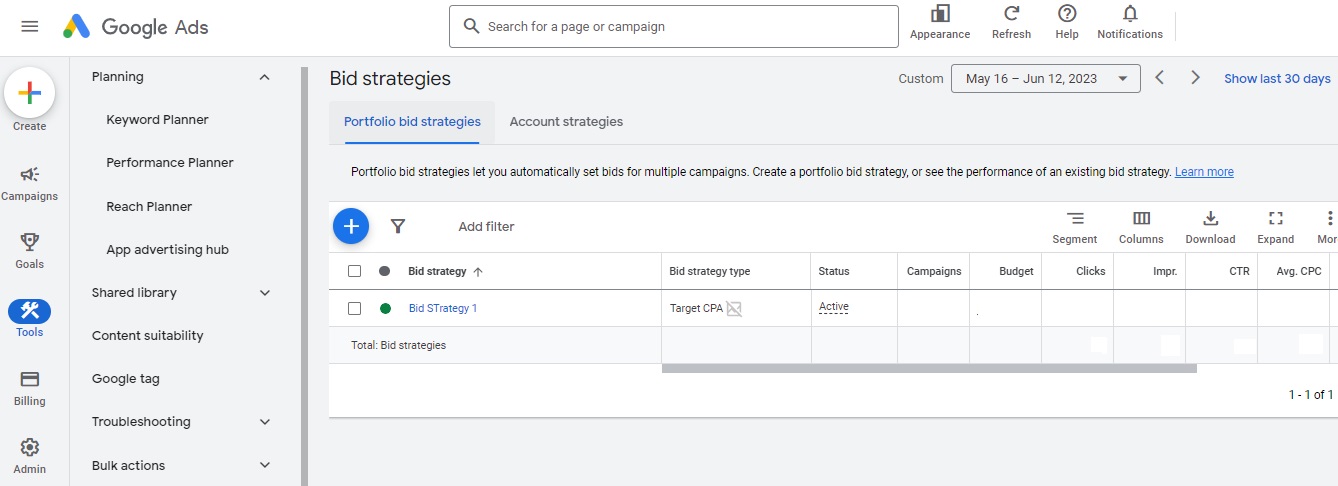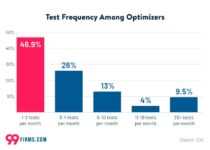How to Optimize Paid Search Campaigns with a SEM Audit
You’ve been staring at your Google Ads account for hours now, and you’re sure there are opportunities somewhere. Yet with so many campaigns in play, it’s near impossible to spot them.
Sound familiar? If so, it’s time to carry out a SEM audit.
By doing so, you’ll gain game-changing insights that can help you fine-tune your SEM strategy and identify the actionable steps you need to take to generate better returns on your investment in paid advertising.
In this post, you’ll learn how auditing your Search Engine Marketing efforts can benefit your business and eight simple steps to make the entire auditing process as simple and hassle-free as possible.
5) Audit Your Creative Elements
With your most relevant and effective keywords in place, the next phase of your PPC audit is to examine how they’re deployed in your Google Ads and consider how well your creative elements serve your paid search campaigns.
First, look at your ad formats. Are they well suited to achieving your current objectives?
For example, if your main focus is to build brand awareness, but you’re relying solely on displaying a text ad within Google search engine results, might you better meet your goals by utilizing display ads with captivating brand imagery and video?
From there, take a look at your ad copy:
- How effective is it at communicating your USP and value proposition?
- Are your headings making an impact and catching users’ attention?
- What about your Calls to Action (CTAs)? Could they do a better job at compelling people to click through to your landing pages?
If you’ve got visual ads running on a display network, look at the design, style, and quality of the images or video you’re using. Do they get the message across? Do they adhere to your brand guidelines?
At this point, consider running some A/B split tests and trying out different takes on your ad copy, CTA or visuals.
This can help you identify which ads produce the best results so that you can allocate your ad budget accordingly and prevent wasted spend on ineffective campaigns.
Dive Deeper: What Is A/B SEO Testing?
6) Evaluate Your User’s Landing Page Experience
Landing pages play an integral role in any search marketing campaign. It’s here where all the hard work finally pays off, where potential customers finally purchase that product or hit that all-important subscribe button.
Of course, that can only happen if each landing page is fully optimized and on-point.
Some questions to ask when you get to this part of your PPC audit include:
- Are my landing pages in sync with the rest of my search campaigns? Does the ad copy, targeted keywords, and search intent match those of my ads?
- What about the value proposition? Does my landing page make good on the promises made in my ads?
- Do my pages deliver optimum user experiences? Do they load quickly? Are they easy to navigate? Can users enjoy a trouble-free experience and complete the desired action no matter their device or web browser?
7) Assess Your Bidding Strategy
Even if you’ve got the most effective, highly-targeted keywords and ad creatives that leave users with no choice but to stop scrolling and pay attention, there’s still the distinct possibility that those ads aren’t producing the ROI you’re looking for.
That’s why it’s essential to analyze your existing bidding strategy to make better, informed decisions that can help you generate maximum value from every penny in your PPC budget.

Look at what each bid strategy you have in place and how effective they are at delivering results.
For example, suppose you’re getting significantly better results from automated bidding than manual bidding. That’s a clear sign that you’re better off switching to a fully automated strategy from now or, at the very least, combining the two, depending on your desired outcomes.
Elsewhere, assess budget-related KPIs such as average Cost Per Click (CPC), looking for hidden opportunities to boost your ROI on paid search.
Finally, don’t forget to take a detailed look at how your PPC budget is allocated to different campaigns.
Are the ads tied to your top priority business goals also your top priority when distributing ad spend? If not, it’s time to change things around so that you can be sure your search marketing efforts are better aligned with the goals that matter most to your company.
8) Implement. Track. Assess. Repeat.
Finally, it’s time to put everything together.
If you’ve followed the previous seven steps to the letter, you should have identified at least a few opportunities to turbocharge your PPC efforts. Now it’s time to determine how you’ll capitalize on those opportunities.
Begin by considering the potential impact of each improvement you want to make. Those optimization tasks that could make the most significant positive impact and produce the most considerable increase in key metrics should be a priority.
Likewise, any “low-hanging fruit” should be picked immediately to give you a couple of quick and easy wins while more intensive or complex optimizations are in the works.
From there, you can begin to lay out the actionable steps needed to implement your changes.
Along with a detailed list of every specific task that needs to be completed, you should also make a note of the following:
- Who needs to be involved? Think of your UX team for landing page design or your copywriters for optimizing CTAs.
- Who is responsible for each task? This is different from the previous question.
Before, you were merely identifying your All-Star SEM Optimization team. Now you’re giving them a bib number and sending them onto the field to score.
If sports metaphors aren’t your thing, another way to look at it is that you’re ensuring tasks have been assigned, received, and understood by each team member.
- When should this be done by? Set a clear, definitive deadline, with scheduled progress reviews along the way.
- What resources do I need? Here, you’re making sure you’ve got enough budget, the right PPC software, and whatever additional support you need to implement your plan.
Once you’ve done that, be sure that conversion tracking tools and other analytics platforms are fully configured. That way, you’ll have all the data you need to evaluate your changes’ impact.
What do you do with that evaluation? Simple: start all over again.
Analyze what’s working and what isn’t, implement changes, track them, and keep going, continuously optimizing your SEM strategy until every ad group consistently hits a home run.
Key Takeaways: How to Master Your SEM Audit
If you’ve only learned one thing from this guide, we hope it’s that conducting even the most comprehensive SEM audit is far less intimidating and far more manageable than it first appears.
However, we genuinely hope you’ve learned much more than that, and that you can now confidently take away the following key lessons and use them to review, revamp and revitalize your SEM strategy:
- Your goals determine your auditing journey – Knowing what your business wants to achieve with PPC helps you focus on key priorities throughout your audit and ensure everything is aligned with top-level goals.
- Audit every component of your account audit – From keywords to CTAs and everything in between, leave no stone unturned to unearth hidden opportunities.
- PPC Optimization is a continual process – Once you’ve implemented changes to your PPC strategy, monitor them, review the results, and use the same auditing process in this guide to make data-driven decisions on further improvements.
Looking for a way to make this whole process even easier? You’ll find it with these top PPC auditing tools.
If you’re ready to level up your traffic and ROI, Single Grain’s SEM experts can help!👇
The post How to Optimize Paid Search Campaigns with a SEM Audit appeared first on Single Grain.


